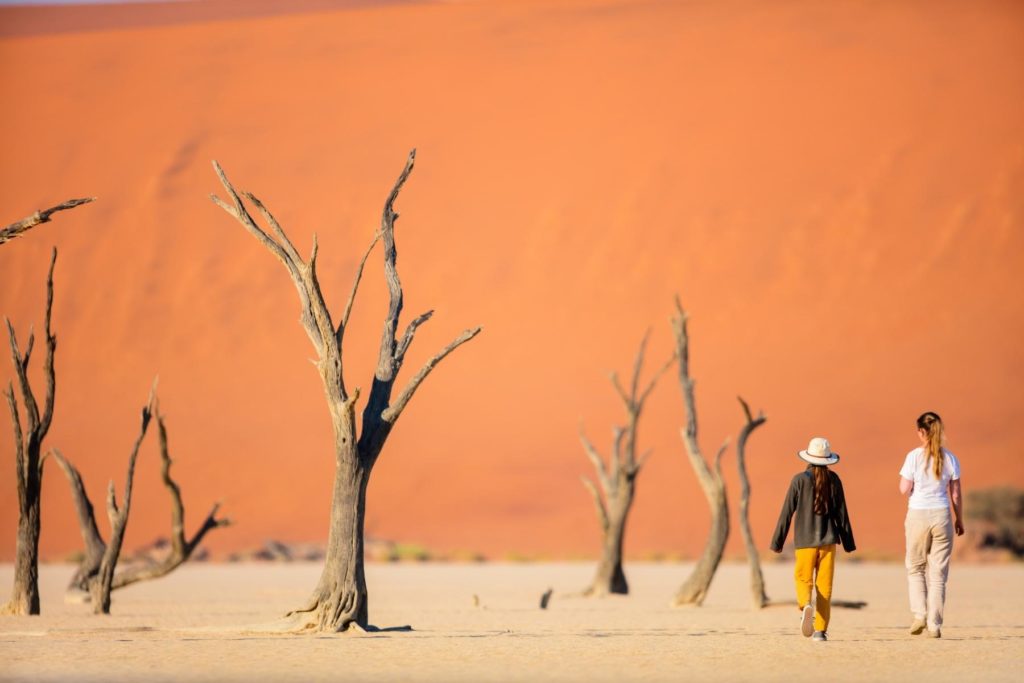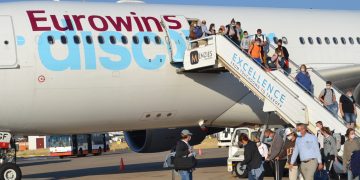
Namibia’s tourism sector is showing signs of recovery from the COVID-19 pandemic, but persistent challenges such as high airfare, inadequate infrastructure, and seasonal dependence are limiting the industry’s long-term growth prospects, a senior industry figure has warned.
Speaking at the Taking Stock Namibia 2025 forum in Windhoek, hosted by Moore Infinity and Ellis & Partners, Gondwana Collection Chief Executive Officer (CEO) Gys Joubert said these hurdles are undermining the sector’s ability to generate employment and attract middle-income travellers.
“One of our biggest obstacles right now is the cost of getting here. Flight tickets to Namibia have become disproportionately expensive, and that is pushing us toward a more exclusive, premium market. That’s great for yield, but not for jobs,” Joubert said.
While Gondwana has benefited from growth in the high-end segment—especially in car rentals and luxury accommodation—bed occupancy across its portfolio remains uneven.
“We measure bed occupancy, not rooms, and the reality is that every bed in Gondwana is empty every other night. That’s frustrating, especially when making capital allocation decisions,” he said.
Joubert noted that the sector continues to rely heavily on seasonal demand, particularly from the European summer market and German-speaking tourists. Efforts to expand into alternative markets such as China, India, Eastern Europe, and other African countries remain in the early stages.
“We had encouraging growth from Russia and Ukraine after COVID, but global disruptions ended that. The long-haul nature of our destination also complicates access, especially when people have limited travel time,” he added.
He suggested that the global rise in retirees presents an opportunity to promote Namibia as a long-stay destination, but warned that this would require improvements to visa processes and direct international flight access.
“There’s real potential to bring in retirees, but we need to reform our visa regime. Consumers prefer point-to-point flights. We’re working with government through the AirConnect initiative, and I must credit the Airports Company for pushing this,” he said.
Joubert also raised concerns that the growth in Namibia’s oil and mining industries is beginning to squeeze tourism out of key destinations.
“In Lüderitz, accommodation is at record highs, but the tourists are gone. Operators are cutting key attractions like Kolmanskop from itineraries because there’s simply no space left,” he said, warning that this “crowding out” effect is especially damaging to local businesses that cater to the mid-market segment.
“We need that middle market back. That’s where the jobs are. From a policy perspective, we must make it more attractive for airlines to land in Windhoek,” he said.
He called on government to reinvest some of the revenue from visa fees into road upgrades near key tourist sites such as Sossusvlei, and to develop new experiences in national parks in partnership with local communities.
Also speaking at the event, Cirrus Capital Co-founder and Cconomist Rowland Brown said tourism remains one of Namibia’s most important economic sectors and deserves greater policy attention.
“It is the single largest actual employer in Namibia when measured by household income. It doesn’t generate much tax and depends on other sectors like mining. But its impact, especially in the informal economy and rural areas, is significant. More investment is needed to support it,” Brown said.












